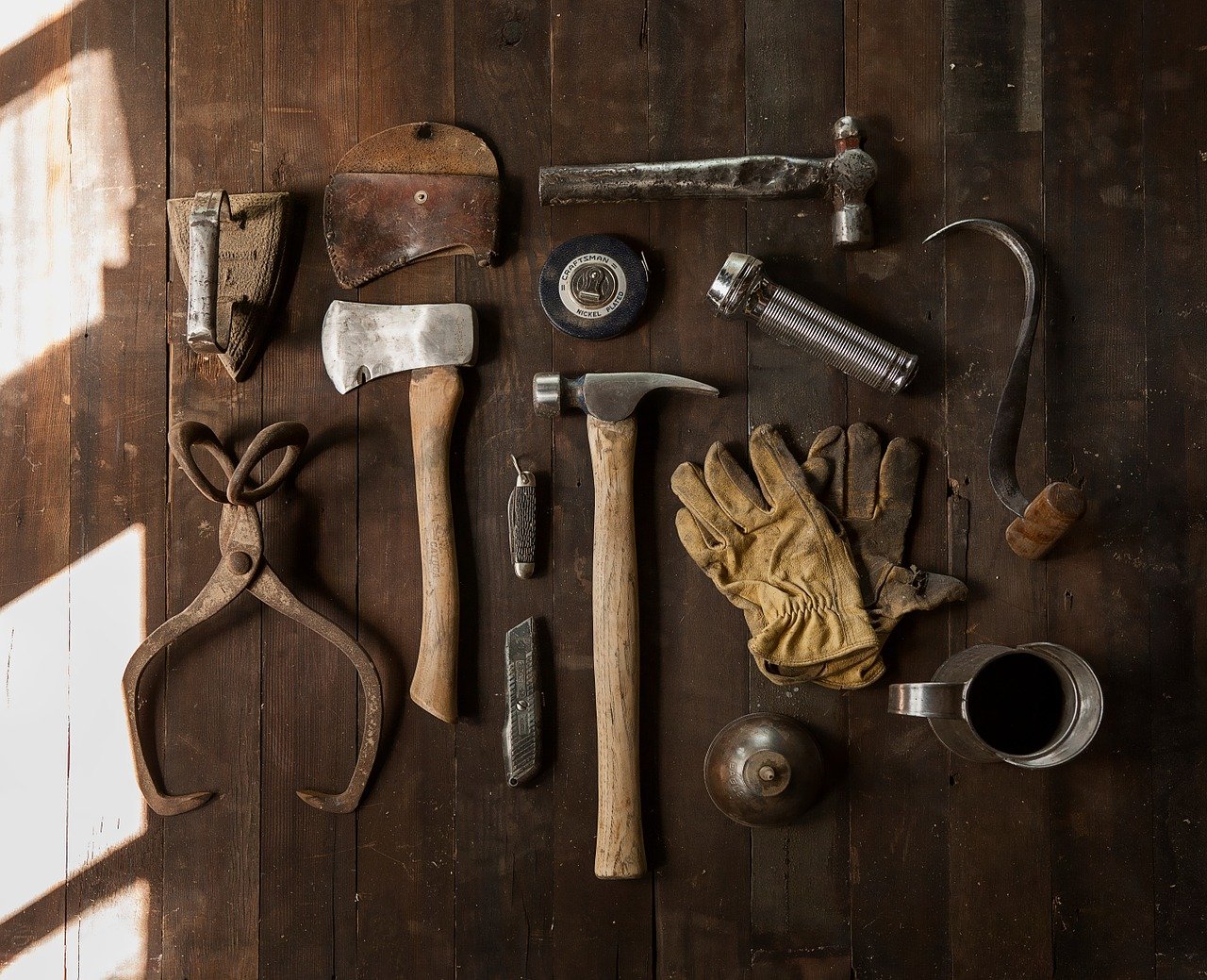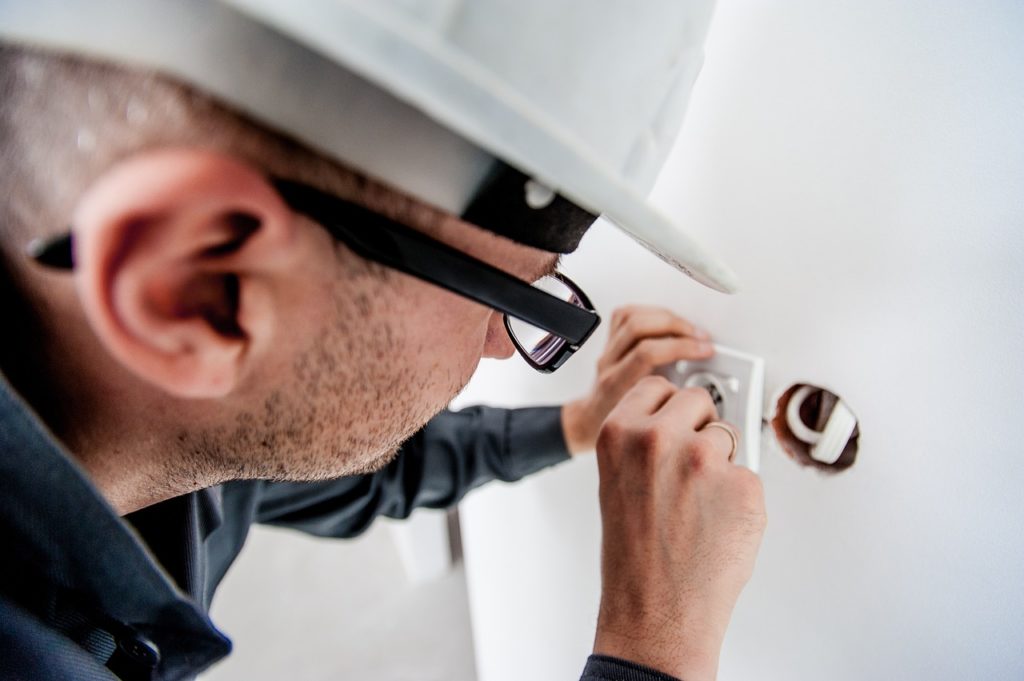Imagine this scenario: you wake up, you head out to the kitchen, and you start prepping for the day. While you’re in the middle of doing your usual chores, suddenly, the water stops running, or the light bulb just went off. You immediately start to investigate the problem, hoping that it’s just a minor issue.
Had it been another normal pre-pandemic day, by now, you would’ve called for the plumbing experts and electrical professionals to check on the problem and, hopefully, get it fixed right away.
But because of the COVID-19 outbreak, you might hesitate to let other people into your home because that would mean the possibility of bringing in the virus. So you decide to handle things on your own. This might not be a bad idea, especially if fixing the issue won’t be that complicated.
However, there are times when DIY repairs can turn out for the worst, especially in the absence of safety measures. In fact, around 13 million people are injured in the U.S. every year while carrying out repairs in their homes. On top of this, nearly 55,000 fatal accidents are caused by negligent DIY practices, according to the National Institutes of Health.
While some DIY repairs may sound simple and doable, fixing things on your own is still a hazardous task. It can lead to unwanted injuries if not done right. Here are some safety precautions that you can do before or while doing home repairs:
1. Do your research before anything else.
Before you get on with any DIY repair, you must familiarize yourself first with the tools and the process of fixing the problem at hand. Gather all the information you need by looking up home repair instructional videos on YouTube.
You can also read up on articles that provide a detailed step-by-step procedure for fixing that certain problem. Doing your homework first can prevent unwanted complications while doing home repairs.
2. Always wear personal protective gear.
You might be tempted to put on normal clothes when doing home repairs, but doing so can lead to accidents. Just like any construction task, you must dress for the job. Avoid wearing exposed clothes and footwear like flip-flops, slippers, sleeveless shirts, and shirts.
If you are doing some drilling, hammering, or anything that involves power and electrical work, make sure to wear gloves, safety glasses, and work boots if you have them on hand.

3. Make sure to use the appropriate tools for the job.
Now is not the time to utilize make-shift tools and platforms. You might be tempted to use a chair when you don’t have a ladder at home, but using alternatives can lead to more serious accidents like head injuries and broken bones. According to the National Safety Council, more than 800,000 Americans are hospitalized every year due to fall injuries, mostly for head injuries and hip fractures. Some of these fall accidents are from home repairs and DIY projects.
It’s also a good practice to read the instruction manual that comes with the equipment, especially when you’re not familiar with the tool. Watching video tutorials or reading up on tips from DIY experts can also help you choose and properly use the right equipment for your home repairs.
4. Eliminate any working hazard.
Studies have shown that over 60% of fall accidents are caused by slips or trips. To prevent such risk, remove any clutter from your work area. If you can, rearrange certain pieces of furniture to give you enough space to work. Also, make sure to store your tools and equipment properly right after use and keep them from your children’s reach to avoid unwanted accidents.
5. Always have your first-aid kit ready.
Doing home repairs without professional supervision can sometimes lead to unfortunate events — from minor cuts to major injuries. It is important to have your first-aid kit nearby in case of emergencies. The American Red Cross recommends that medical emergency kits include the staples like compress dressings, several types of bandages, latex gloves, tweezers, and anti-bacterial ointments. Cotton pads, medical tapes, and safety pins may also come in handy. Additionally, individuals are encouraged to educate themselves on first-aid procedures for them to be well-equipped in a medical emergency.
DIY home repairs can help you save on time and costs, especially when things are done right and safe. Taking these extra precautions can ensure the success of your DIY projects even when you’re just an amateur. However, when the problem gets too complicated, don’t hesitate to call the experts. Their expertise will be the best solution if you can’t handle the issue.

